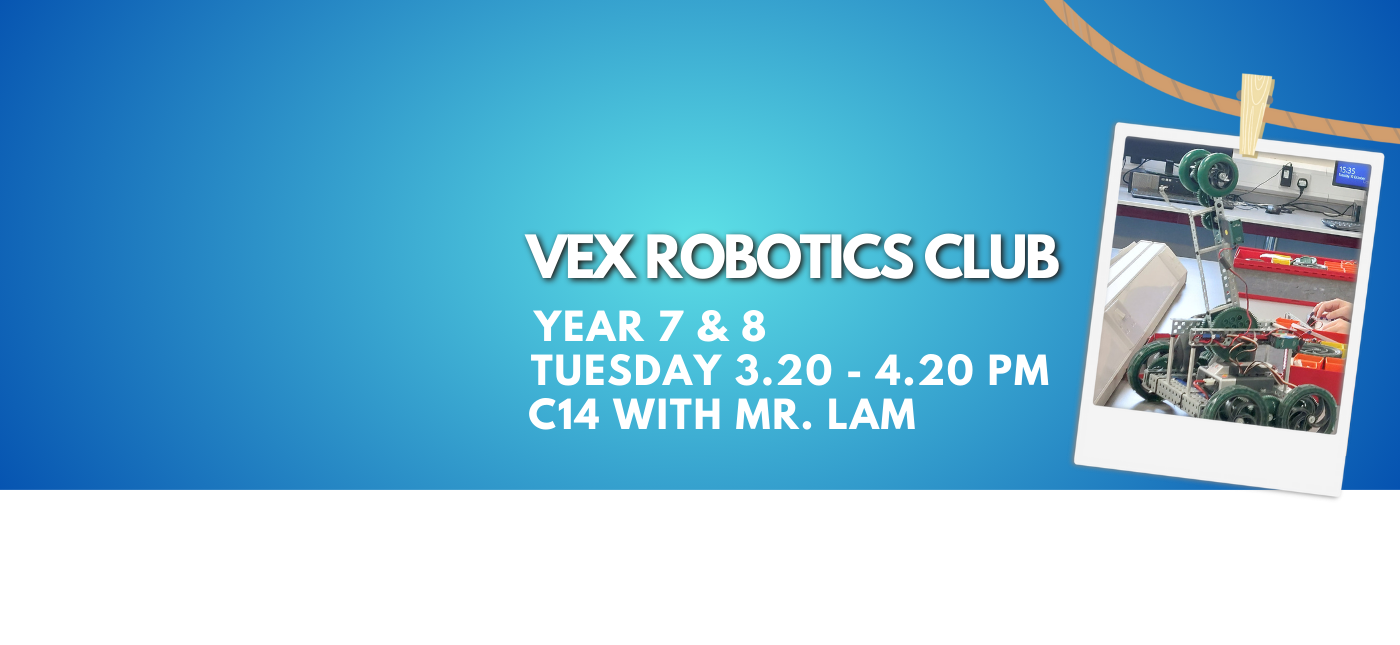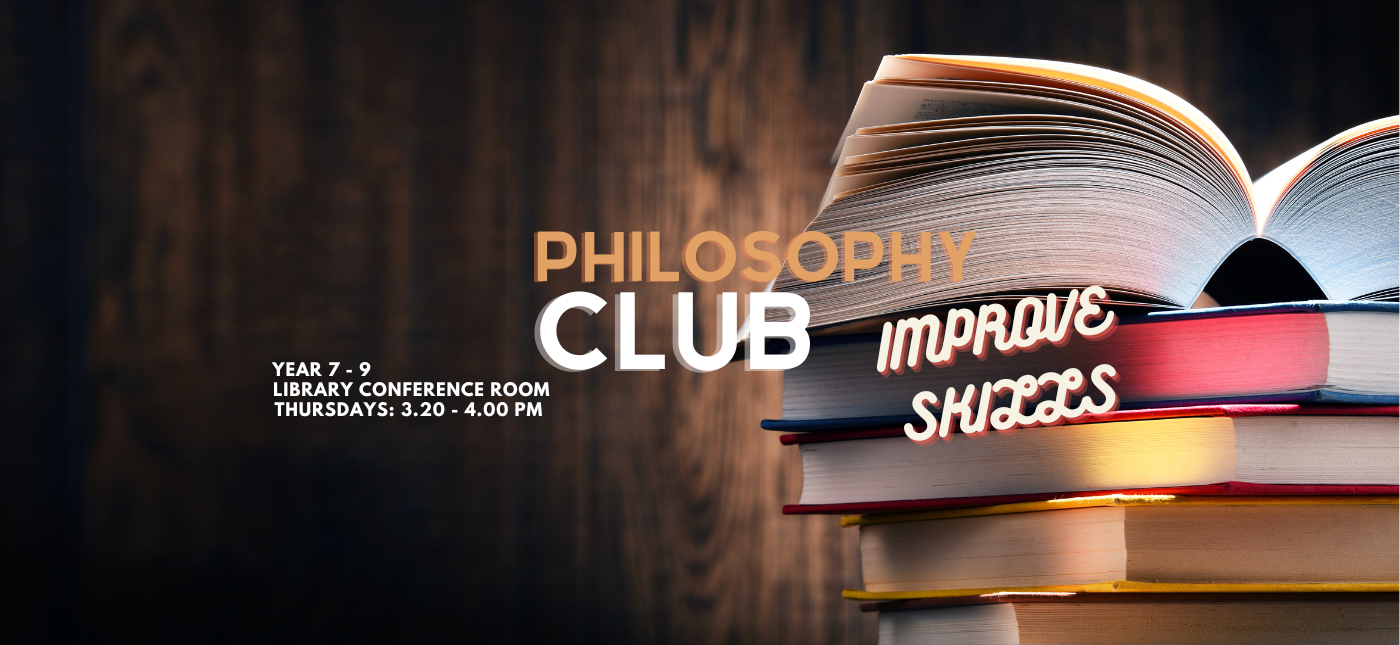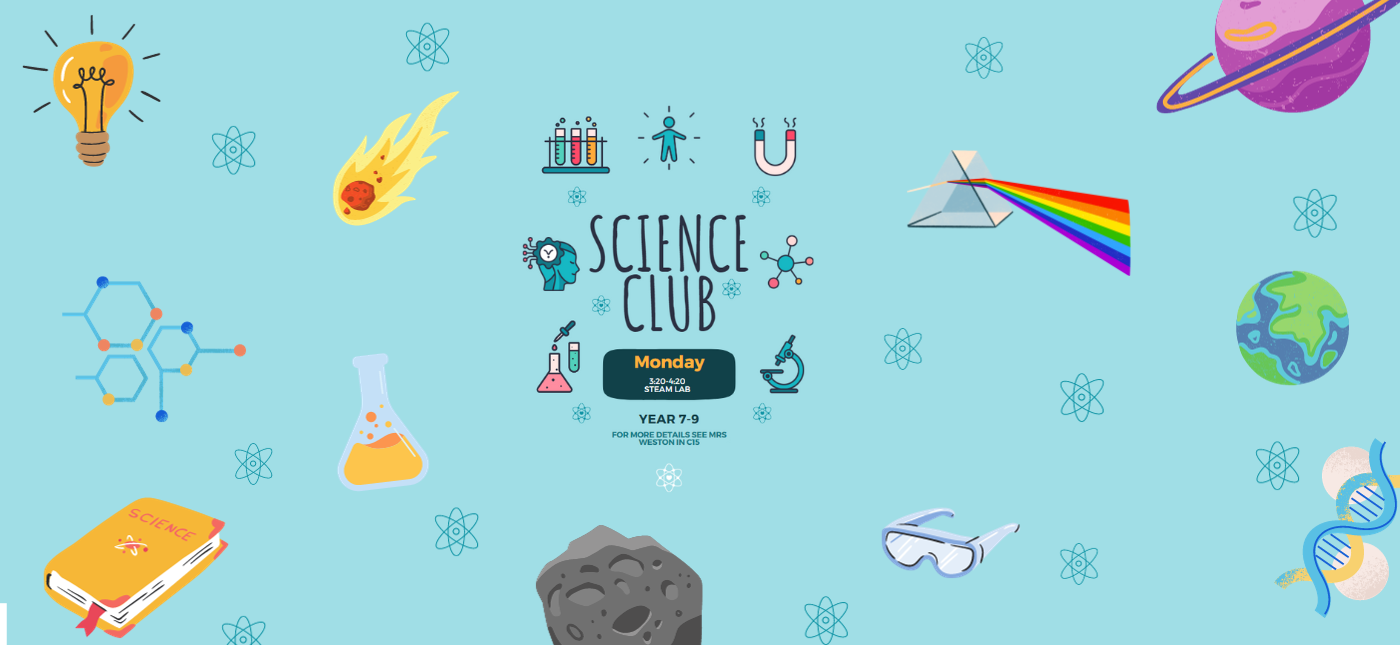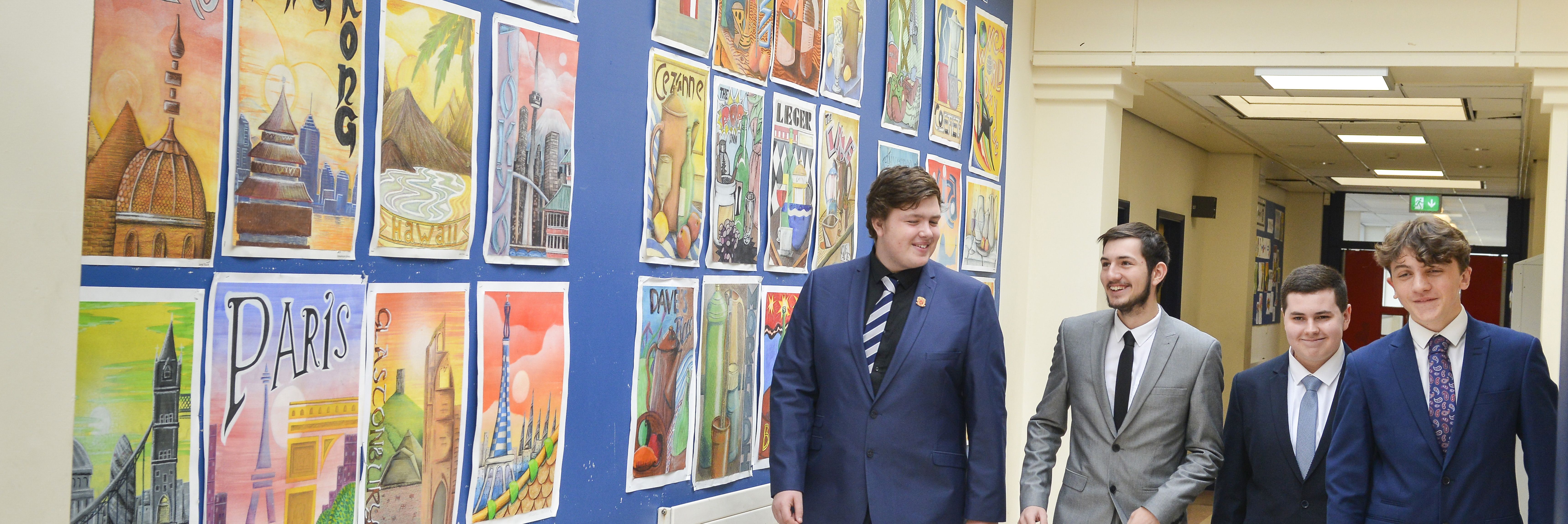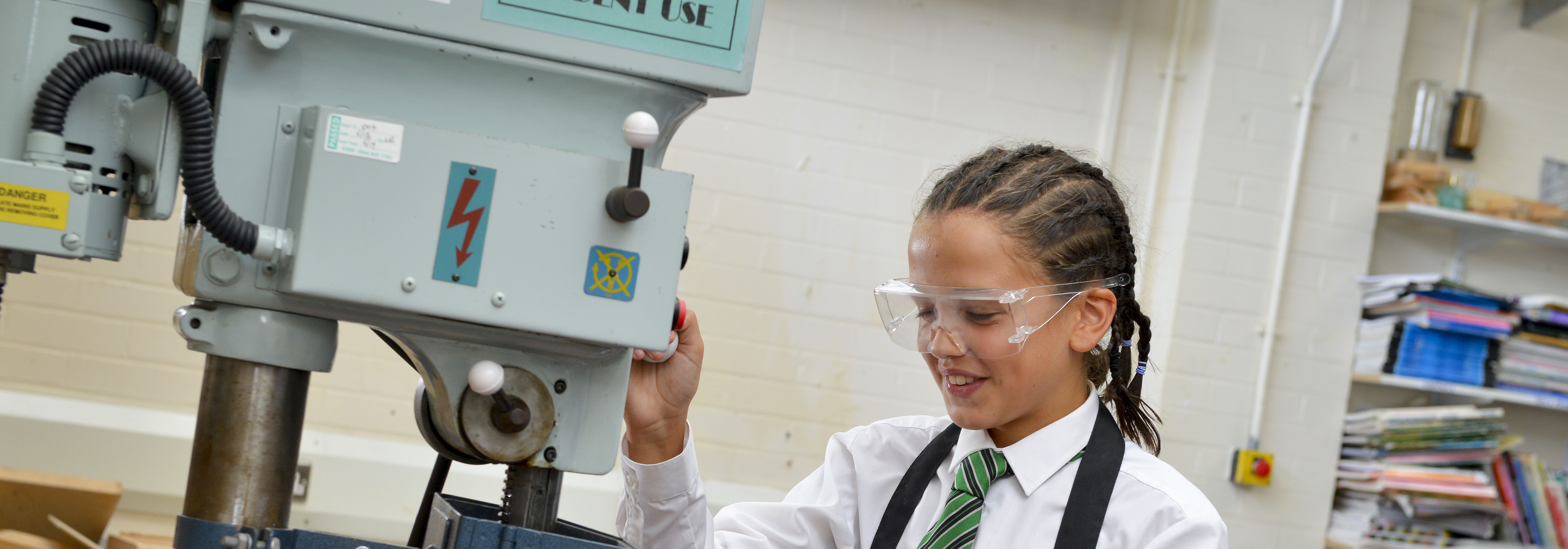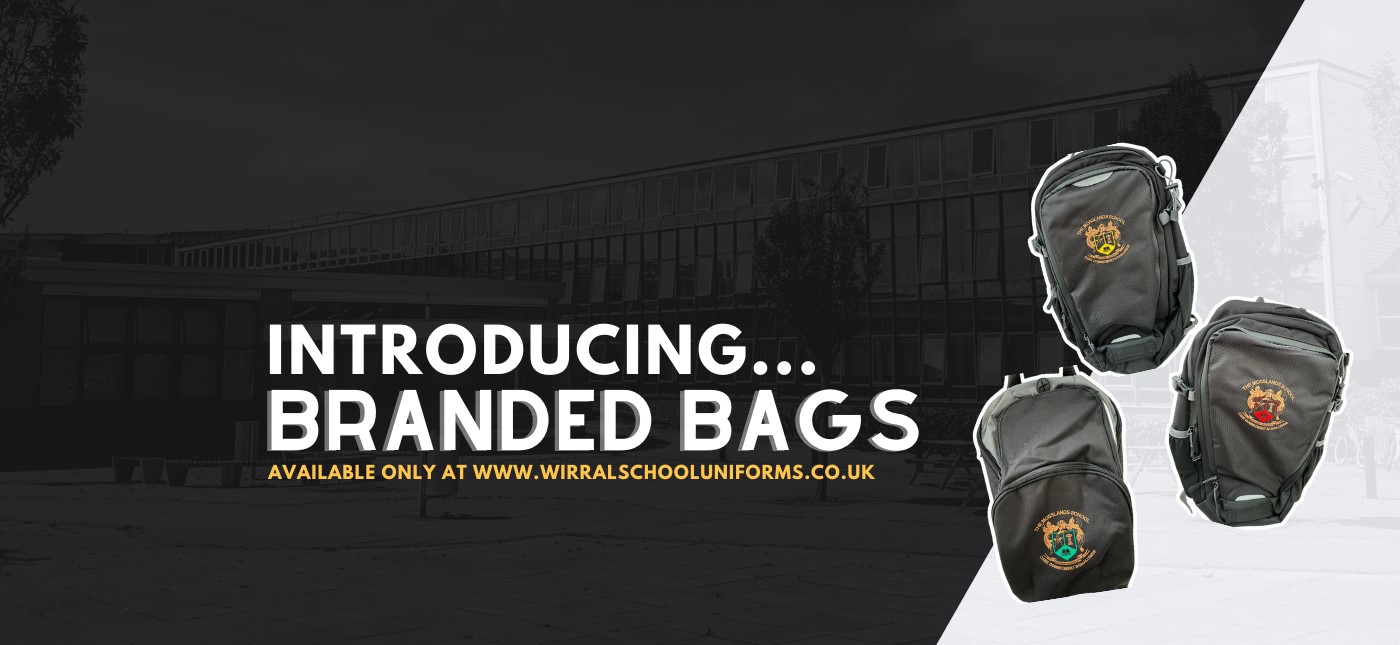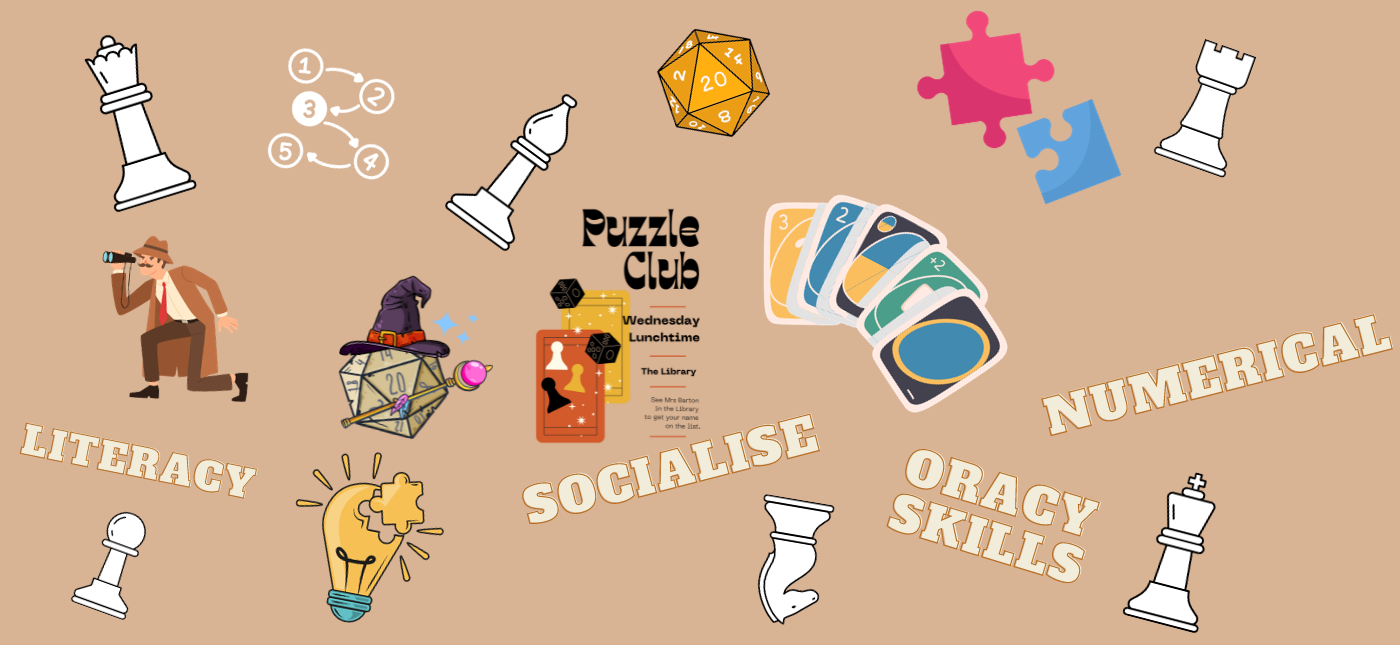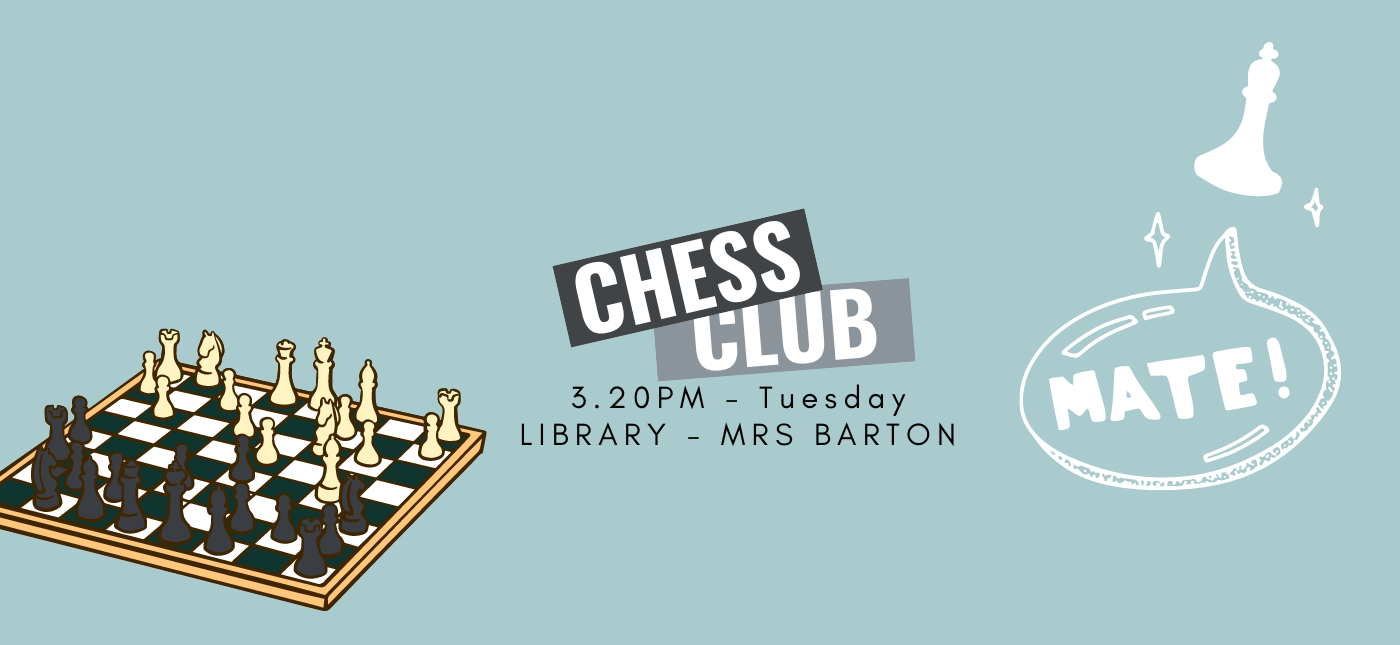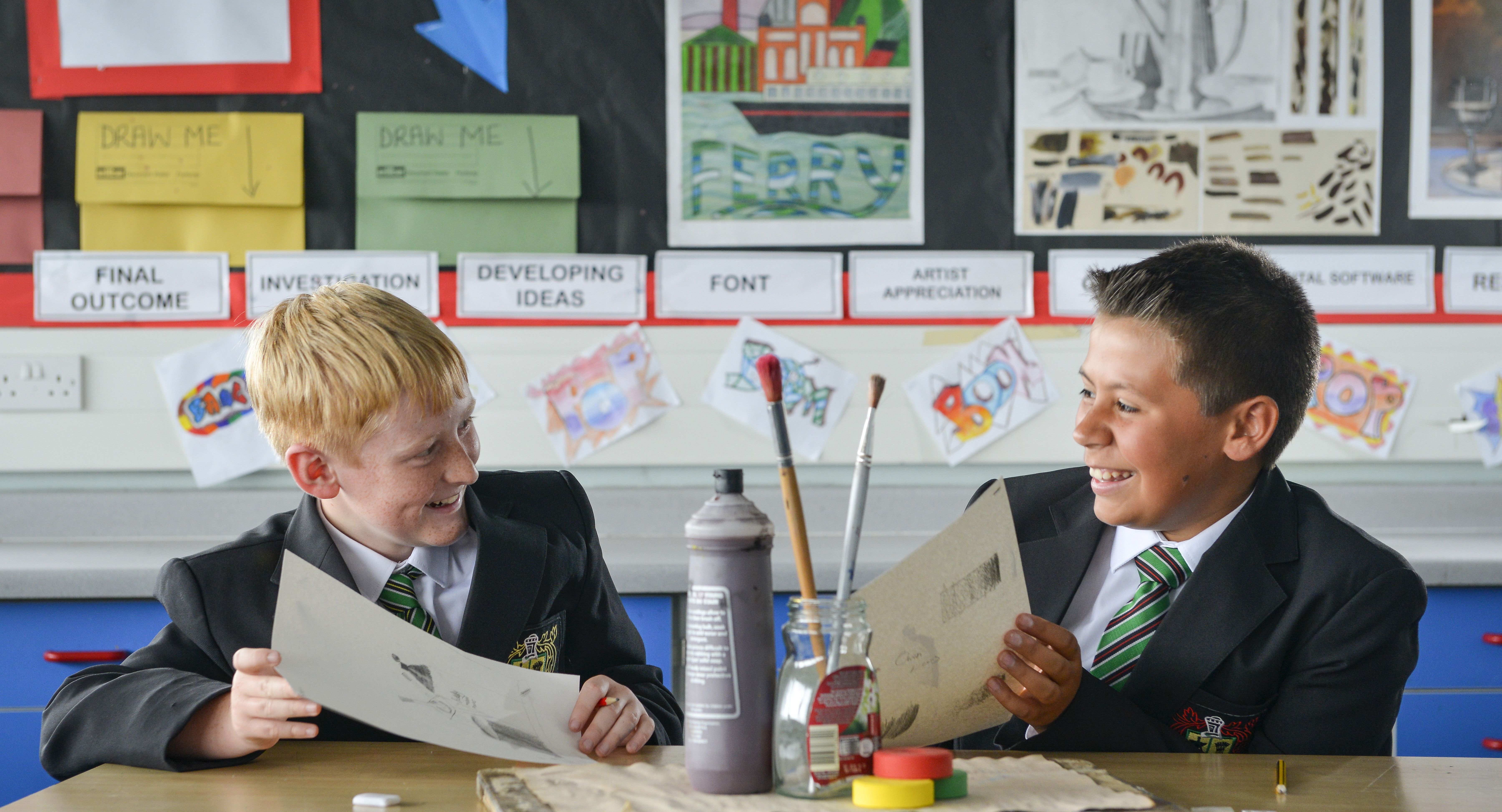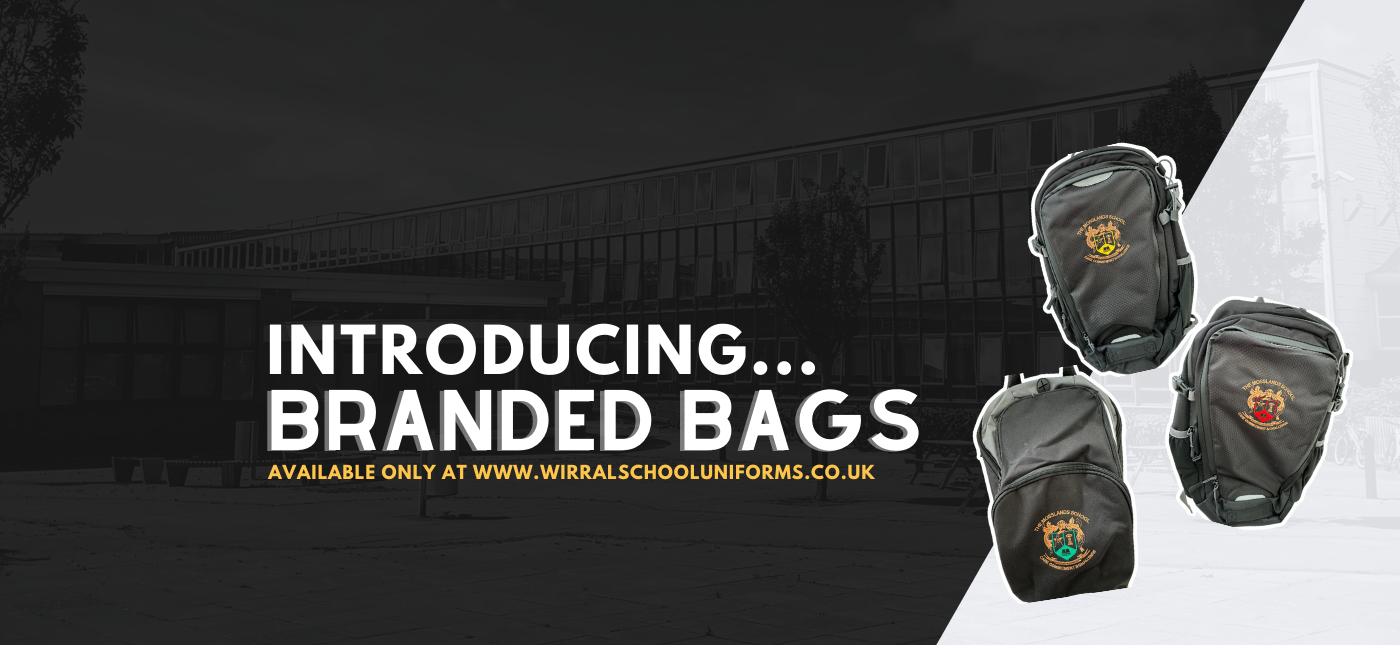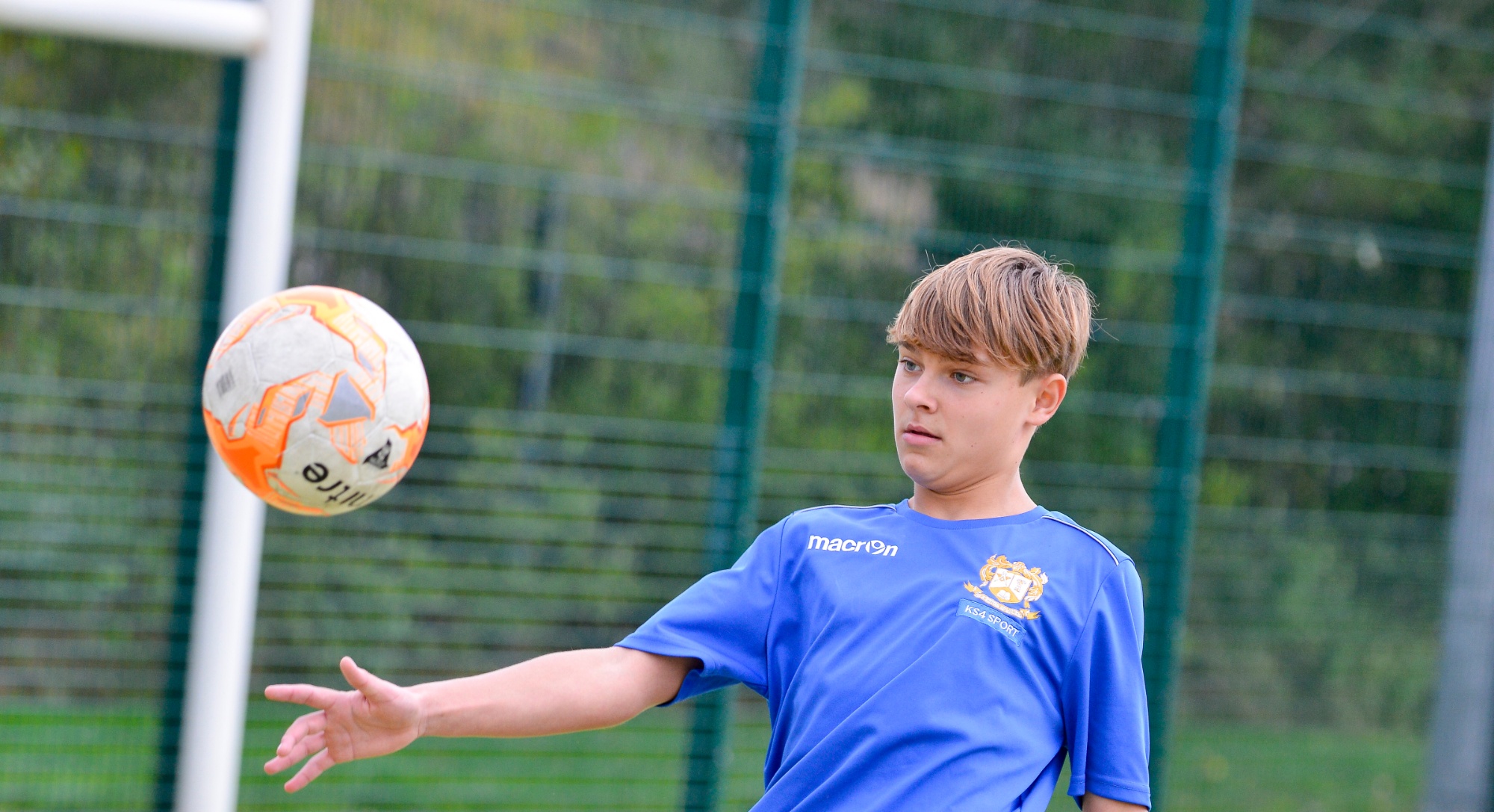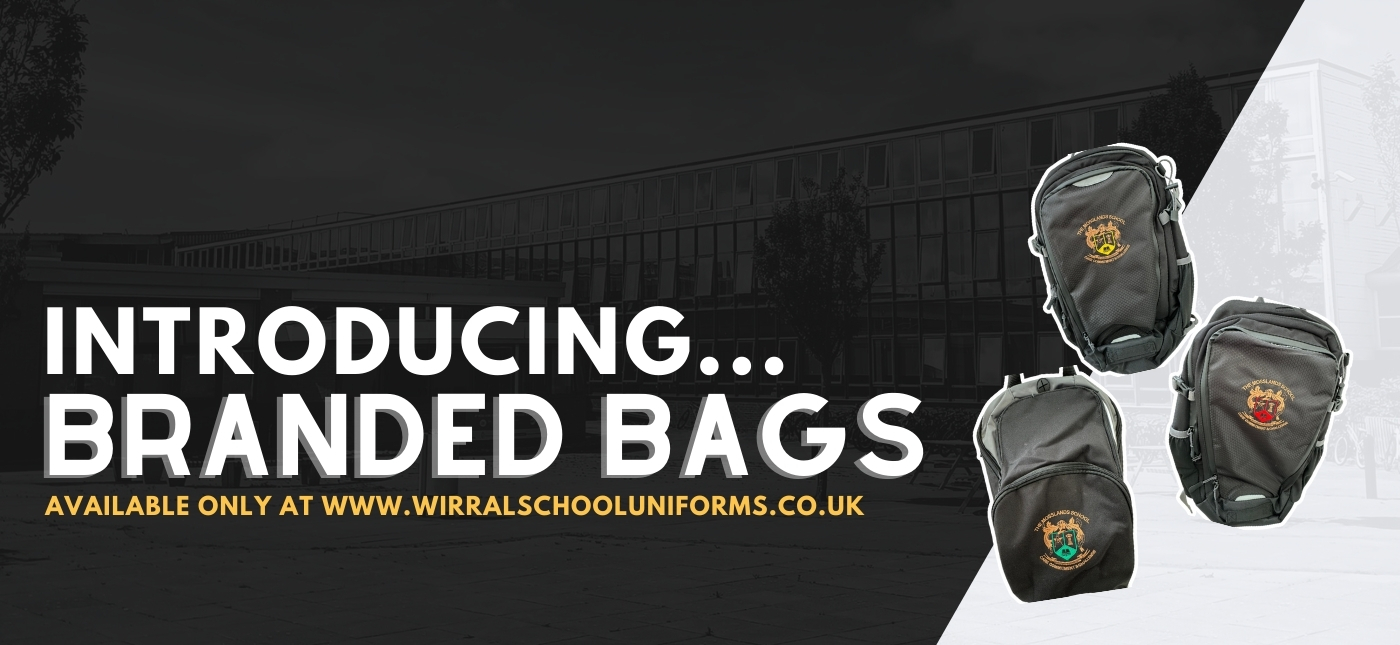Year 8
Curriculum Map
This curriculum map provides an overview of the mathematics journey students will experience throughout the academic year. It outlines the sequence of mathematical topics and highlights the key assessment points designed to monitor and support student progress. The curriculum is carefully sequenced to build knowledge progressively, with each unit providing the foundation for future learning, ensuring all students develop mathematical fluency, reasoning, and problem-solving skills appropriate to their age and stage. For detailed information about the specific knowledge and skills taught in each unit, please visit our Knowledge and Skills page.
| Half Term | Units of Work | Key Assessments |
|---|---|---|
| Autumn 1 | Factors, primes, multiples | |
| Addition and subtraction fractions | Unit Assessment | |
| Directed numbers | ||
| Algebra: collecting like terms, expanding expressions | Unit Assessment | |
| Autumn 2 | Algebra: factorise, substitution, solving equations | Unit Assessment |
| Sequences | ||
| Angles in parallel lines | Unit Assessment | |
| Spring 1 | Constructions | Cumulative summative assessment |
| Area and perimeter problems | ||
| Percentages | Unit Assessment | |
| Spring 2 | Ratio | Unit Assessment |
| Speed | ||
| Rounding and Estimation | ||
| Summer 1 | Area and circumference circles | Key Assessment week |
| 3D shapes | ||
| Volume | ||
| Summer 2 | Surface area | Unit Assessment |
| Averages | ||
| Data: bar charts, pictograms, pie charts |
Homework
In Mosslands, we use the online learning platform SPARX to set homework, helping to reinforce classroom learning and develop independent study skills. Homework is assigned once a week on a Tuesday and is due the following Tuesday. The carefully sequenced tasks on SPARX challenge students and deepen their understanding of key concepts. By completing their weekly homework, students build responsibility, time management, and independent problem-solving abilities, all essential for academic success. Support is always available from the Maths team to ensure students can approach their homework with confidence.



